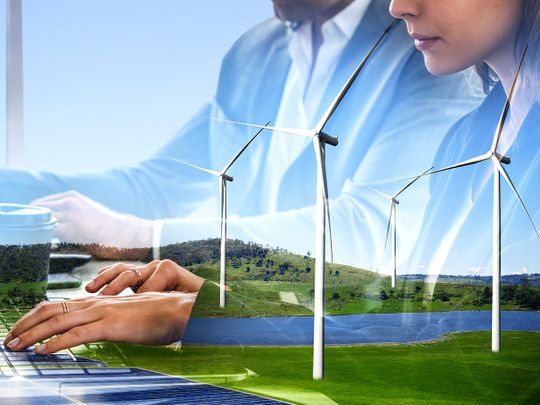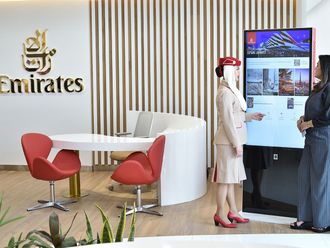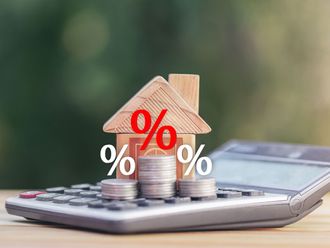
Energy transition is one of the great challenges of mankind. On the one hand, it is necessary to meet the constantly increasing demand for energy - around 780 million people still have no access to reliable electricity, a basic prerequisite for economic development and stability.
On the other hand, climate change is forcing us to be more sustainable. The goals of the Paris Agreement are not an option, but a necessity. However, society will only go along with the process of change if a balance is achieved between sustainability, availability and affordability of energy. With ‘Fit for 55’, the EU Commission is presenting its first legislative package aimed at achieving the new climate target of 55 per cent. This is an important step. But declarations of intention alone are not enough - what we need above all is speed.
Faster expansion
Word from Brussels so far has been that the Commission wants to increase the share of energy from renewable sources to 38-40 per cent by 2030. That is the right thing to do. But more important than individual percentage points is that the implementation of projects and, above all, the approval procedures are accelerated.
In Germany, for example, it takes up to 12 years to build a power transmission line. That's far too long; no energy turnaround will succeed that way. We should have the courage to question existing regulations to see to what extent they still make sense for achieving the goals.
Framework conditions
Expanding the European emissions trading system to include the transport sector is the right thing to do, but it is not enough. A significant increase in climate-neutral fuels would require a CO2 price of over 200 euros.
This cannot be achieved overnight. An e-fuels quota for the transport sector would help. And, adapting the ‘Energy Taxation Directive’ would also be an important contribution. Countries can increase taxes for CO2-intensive fuels and reduce them for low-CO2 fuels.
For almost 20 years, the EU member-states have failed to reach a joint agreement on modernizing the directive. If not now, when?
No technological taboos
On the road to a climate-neutral world, there should be technological openness. The objective is to reduce CO2 emissions as quickly as possible. For this reason, there are applications where interim solutions - eg., based on natural gas - make sense if they make it possible to replace more CO2-intensive energy sources such as coal in the short-term.
Discussions about the colors of hydrogen, for example, do not get us anywhere. Rapid implementation of projects on an industrial scale, also with the aim of establishing supply chains for new technologies, is the right approach if Europe is to keep pace with international competition.
Making state aid law more efficient
Technically, many things are possible. However, change will only occur at a sufficiently high speed if sustainable approaches are also economically attractive through corresponding business models. Research funding is therefore essential to promote Europe as an energy and industrial location.
The EU is responding to this with its Fit for 55 package, as are national governments. In Germany, the decision to promote hydrogen as an important project of common European interest is the right one. The German government is making nine billion euros available for this purpose, which is very good.
So far, however, barely 1 per cent of this has been utilized, which is not enough. State aid law must be sensibly adapted - it must not become an obstacle to industrial production.
More honesty
Instead of polarizing, we must work together to find solutions. This includes more honesty in the debate. The transformation of our societies has far-reaching consequences not only for business, but for all people.
Everyone needs to remember that transformation does not come free of charge and can sometimes be painful. That's why we need to find ways to share the costs fairly. We should start today.









